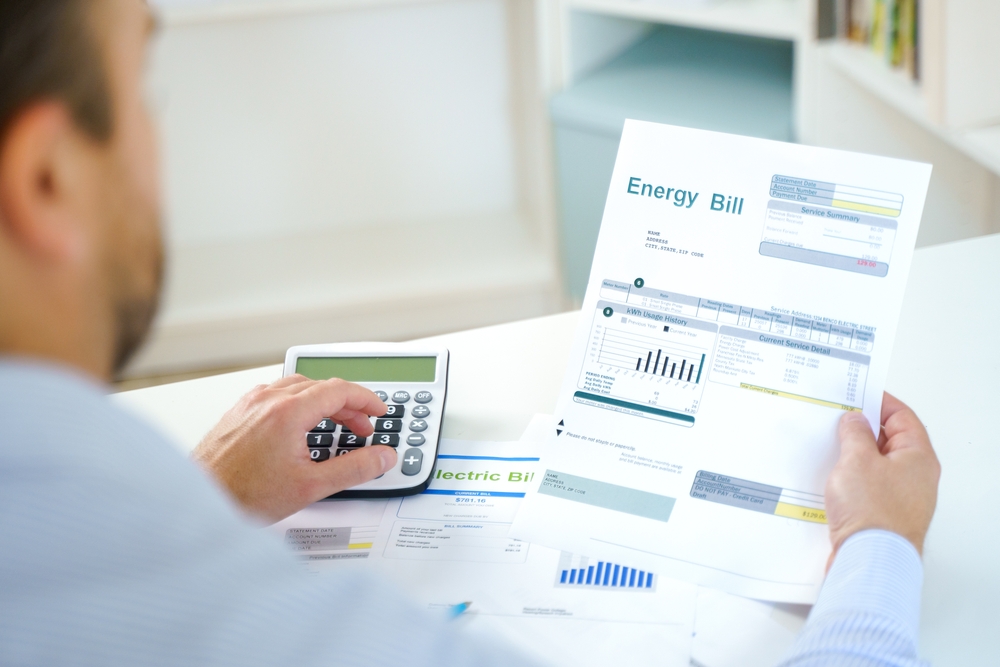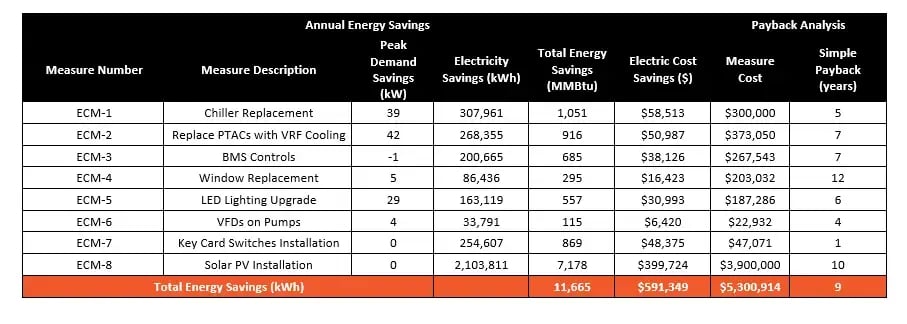Energy Solutions for Manufacturers
Why Manufacturers Should Go for Energy Analysis
Manufacturers stand to gain significant advantages by adopting this approach. Here’s why:
- Increase Sales: Boost revenue by offering products that align with market demands.
- Preferred by Contractors: Position your product as the go-to choice for contractors.
- Proof of Energy Validation: Provide credible evidence of energy efficiency to build trust.
- Stay Ahead of Competition: Gain a competitive edge by outperforming rivals.
- Promote Sustainability: Appeal to environmentally conscious consumers by championing sustainable practices.
- Accurate Payback Calculations: Showcase clear financial benefits with precise payback period estimations.
By focusing on these key aspects, manufacturers can drive success and solidify their market presence.
Where to Start and How to Maximize Your Savings

Cutting energy costs while boosting sustainability has never been more critical for manufacturers. Start your energy efficiency journey with precision and clarity by focusing on areas that deliver maximum impact.
Energy-efficient products help reduce energy consumption, lower utility costs, and promote environmental sustainability by using less energy to achieve the same results. These products, including more efficient appliances, lighting, and building materials, play a crucial role in enabling individuals, businesses, and manufacturers to reduce their carbon footprint and overall energy use.
Explore the Key Areas of Energy Efficiency
1. Energy-Efficient HVAC Systems
Heating, ventilation, and air conditioning systems often account for a large share of energy usage. High-performance HVAC solutions can reduce energy consumption, improve thermal comfort, and lower operational costs.
2. Energy-Efficient Window Glass or Sun Films
Optimized window technologies, including energy-efficient glass or sun films, can drastically reduce energy loss. These solutions improve insulation, cut cooling costs, and contribute to a more sustainable facility.
3. Energy-Efficient Electrical Equipment
Lighting and sensors play a pivotal role in energy consumption across facilities. Upgrading to energy-efficient electrical equipment such as LED lighting and advanced sensor systems can lead to substantial energy savings and enhanced operational control.
Get in touch!
FAQs
An energy audit provides a detailed assessment of your facility, identifying inefficiencies and offering actionable recommendations tailored to your specific manufacturing processes.
We provide energy modeling services for a wide range of manufacturing sectors, including HVAC systems, window glass and films, and electrical equipment industries.
Start by booking an energy audit or reaching out to our team directly for custom energy modeling solutions.
How NY Engineers Can Help You
At NY Engineers, we provide cutting-edge energy modeling services that help manufacturers demonstrate the efficiency of their products and systems. Here’s how we support manufacturers of energy-efficient HVAC systems, window glass, and electrical equipment:
Comprehensive Energy Modeling
Using advanced simulations, we assess system performance under various conditions, helping you showcase your product’s efficiency to potential clients.
Manufacturers of energy-efficient products can leverage energy modeling to showcase their products' efficiency. Through various software tools and techniques, they can demonstrate energy savings and lower operational costs. Additionally, energy modeling helps to apply for incentives associated with energy-efficient upgrades, benefiting the customer directly and manufacturer indirectly by increasing the sales.
- Low Carbon Pathways for Multifamily Buildings (NYSERDA) – NYSERDA provides incentives of $700-$5,000+ per unit for the installation of low carbon energy-saving upgrade packages for existing market-rate and affordable multifamily buildings, including incentives for upgrades to the building envelope, ventilation, heating and cooling systems, and domestic hot water (DHW) systems.
- In California, the primary incentive for energy retrofits - California homeowners with household incomes between 80% and 150% area median income (AMI) will be eligible for up to $4,000. Those with incomes less than 80% AMI will be eligible for up to $8,000.
- Florida’s Whole Home Rebates (HOMES) (Section 50121) - Offers rebates of $2,000–$4,000 for energy-efficient retrofits in individual households and multi-family buildings. The amount of the rebate depends on the amount of energy savings achieved. Rebates for low- and moderate-income homes can double.
Your challenge is our expertise. Partner with NY Engineers to optimize energy efficiency and showcase the practical impact of your innovations.
Case Study: Achieving Energy Efficiency and REAP Grant Success with NY Engineers Project Overview

In 2024, NY Engineers collaborated on a hotel project where the client aimed to modernize their HVAC system by replacing outdated chillers with high-efficiency models. Additionally, the client wanted to apply for a REAP (Rural Energy for America Program) grant to offset the project costs.
Challenges
- Outdated chillers consuming excessive energy and increasing operational costs.
- The need to demonstrate quantifiable energy savings to qualify for the REAP grant.
- Ensuring the replacement project met both the client’s financial goals and sustainability targets.
Our Approach
- Energy Modeling and Analysis
- We developed a detailed energy model tailored to the hotel’s operational requirements.
- The model calculated potential energy savings, CO2 emissions reduction, and the payback period for the high-efficiency chillers.
- Grant Support Documentation
- Provided a comprehensive report that included energy savings projections and ROI analysis.
- Ensured all documentation aligned with REAP grant application requirements.
- Collaboration and Timely Delivery
- Coordinated with the client to understand their timeline and deliverables.
- Delivered the energy model and supporting documentation promptly, ensuring the client met the grant application deadline.
Results
- Grant in Process: The client is in the process of securing the REAP grant, with the energy modeling and documentation provided by NY Engineers playing a pivotal role in supporting their application.
- Operational Savings: With the new chillers, the hotel experienced reduced energy consumption and improved system efficiency.
- Sustainability Achieved: The project contributed to the client’s sustainability goals by reducing their carbon footprint.


